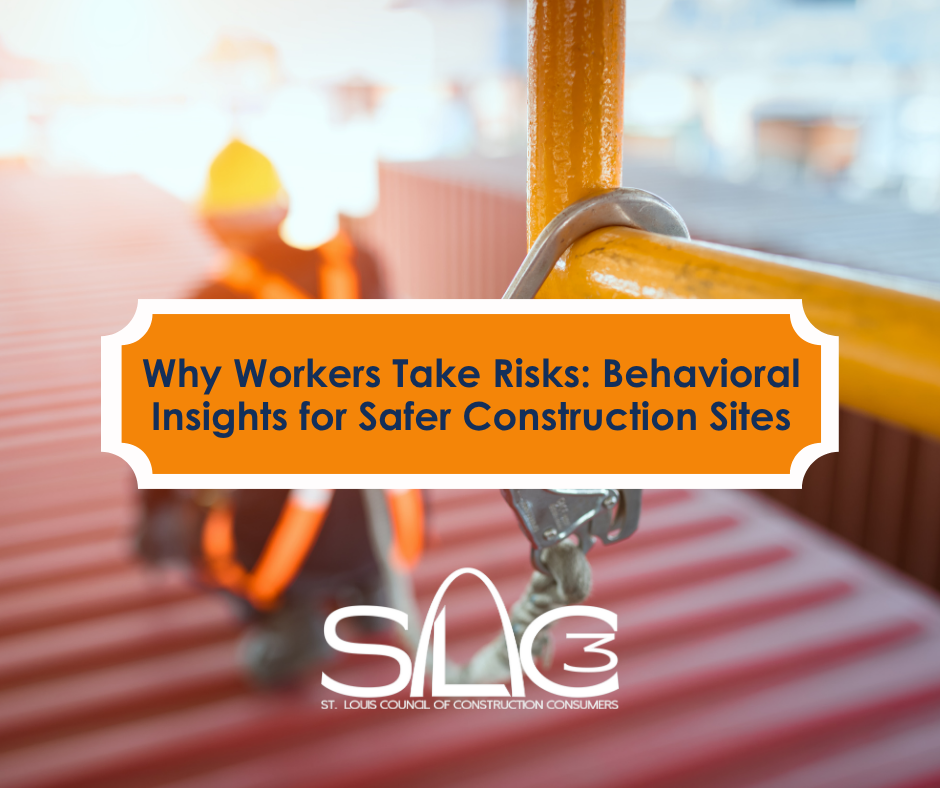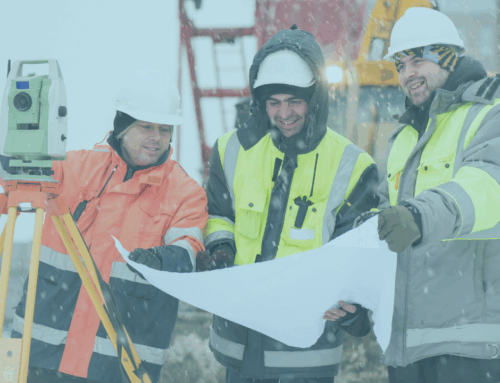Even the most experienced construction professionals sometimes take unnecessary risks on the job site. While safety protocols, PPE, and equipment inspections are crucial, human behavior plays a massive role in workplace safety. Understanding why workers take risks—and how to address these behaviors—can dramatically reduce accidents, improve morale, and protect both employees and projects.
Understanding Risk-Taking on Job Sites
Risk-taking behaviors in construction are common and can appear in many forms. Workers might skip PPE, rush through tasks, or improvise solutions without authorization.
These behaviors are not always reckless; often, they stem from workplace pressures, habits, or a lack of awareness of the potential consequences. Recognizing the reasons behind these actions is the first step toward mitigating them.
Key Behavioral Drivers of Risk
Several psychological factors influence why workers take risks on construction sites:
- Overconfidence: Workers may underestimate the dangers of familiar tasks, assuming past experiences guarantee safety.
- Peer Influence: Team norms can encourage shortcuts or unsafe practices, especially if colleagues regularly bypass safety rules.
- Normalization of Deviance: When unsafe actions go unpunished and no accidents occur, workers begin to see risky behavior as acceptable.
- Stress and Time Pressure: Tight deadlines and high workloads push workers to make risky decisions to meet project goals.
By identifying these drivers, managers can proactively address conditions that encourage unsafe behavior.
Fatigue and Cognitive Limitations
Physical and mental fatigue significantly increase the likelihood of accidents. Long hours, physically demanding work, and constant multitasking can impair judgment and reduce focus.
Additionally, stress and personal issues can affect a worker’s ability to make safe decisions. Recognizing these cognitive limitations and prioritizing worker well-being is essential for accident prevention.
Building a Safety-Conscious Culture
Creating a culture where safety is deeply embedded requires leadership and active engagement:
- Leaders must model safe behavior and consistently reinforce protocols.
- Encourage workers to report near misses or unsafe conditions without fear of punishment.
- Implement peer-to-peer safety checks and incentive programs for consistent, safe practices.
- Integrate behavioral awareness into daily routines, meetings, and project planning.
A strong safety culture doesn’t just prevent accidents—it fosters trust and accountability across the team.
Reducing accidents on construction sites requires more than rules and regulations—it requires understanding and addressing human behavior. By recognizing why workers take risks, managing fatigue and stress, building a culture of safety, and incorporating behavioral-focused training, project leaders can protect their teams and ensure projects are completed safely and efficiently.
Investing in behavioral safety strategies isn’t just good for employees but for businesses as well. Safer teams mean fewer delays, lower costs, and a stronger reputation for delivering projects safely and responsibly.






